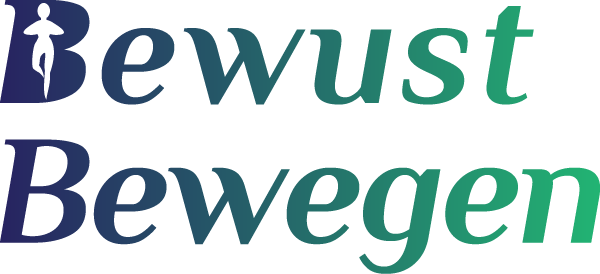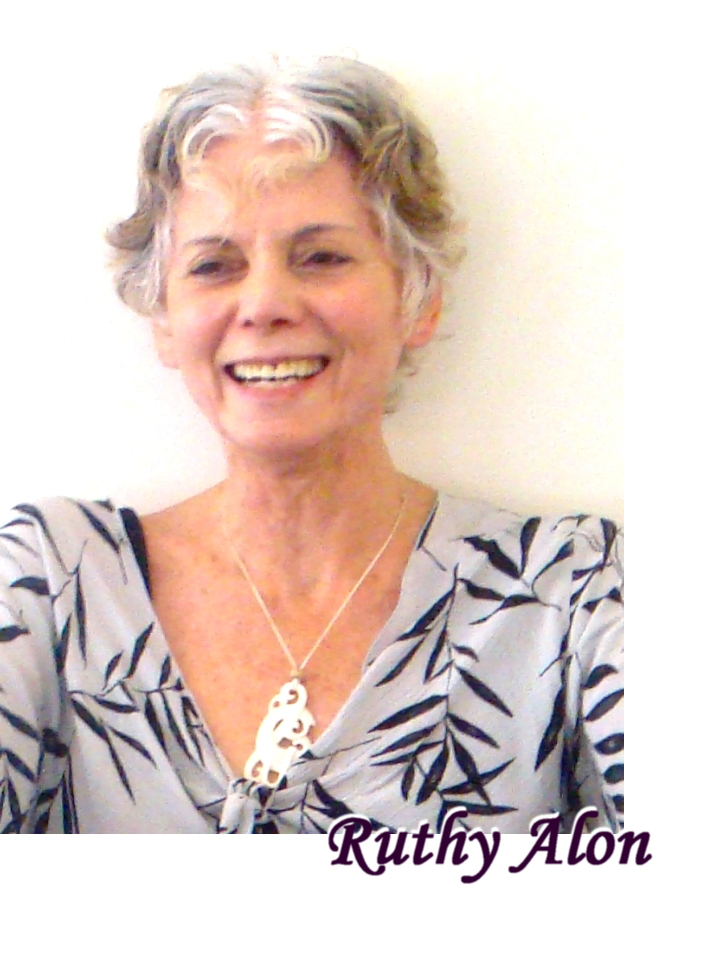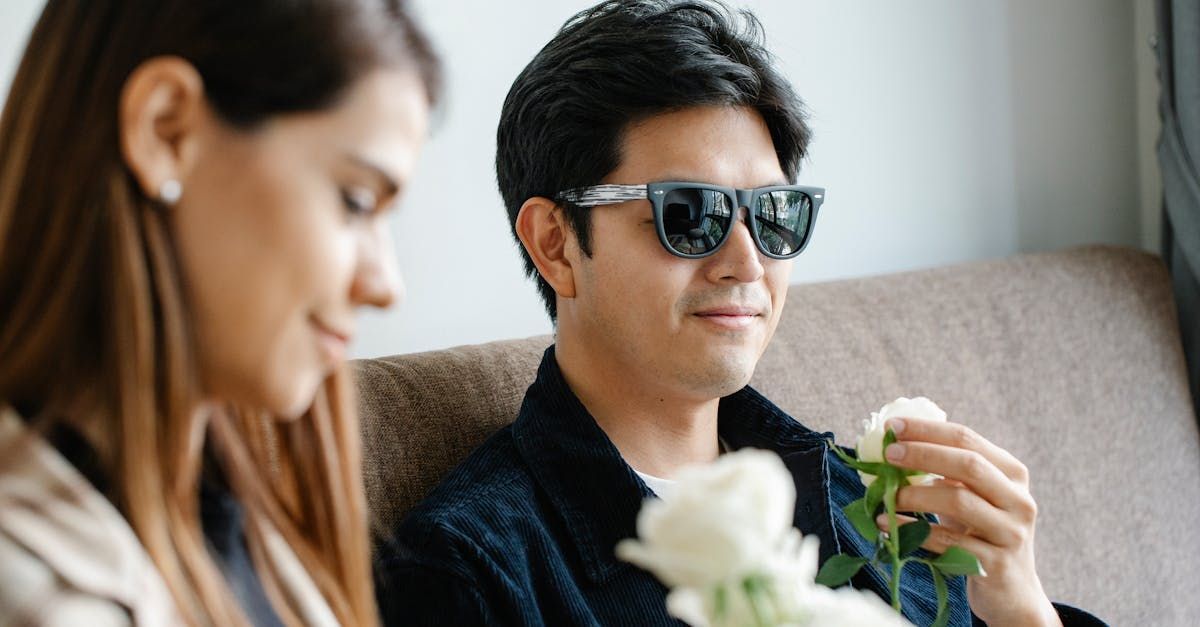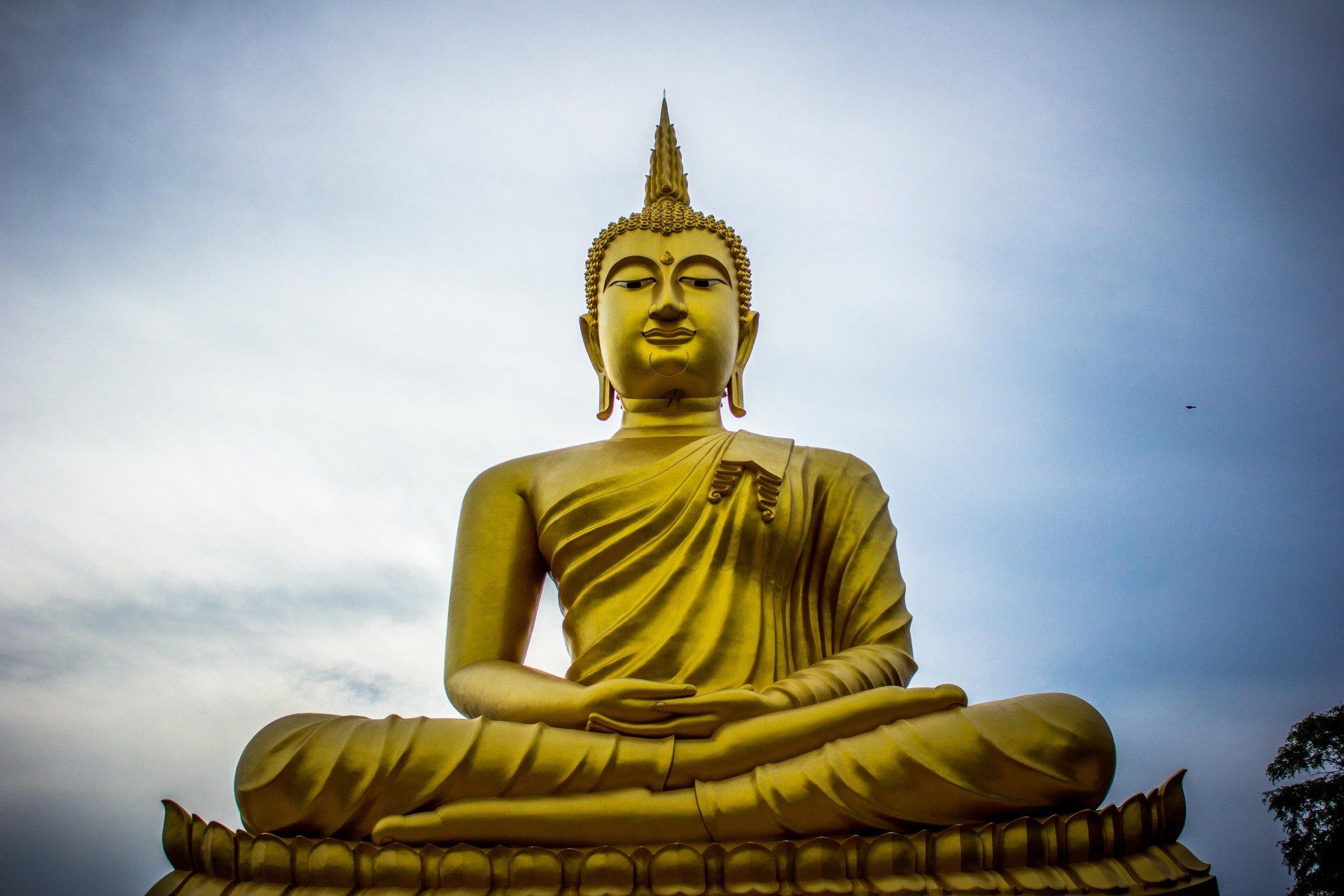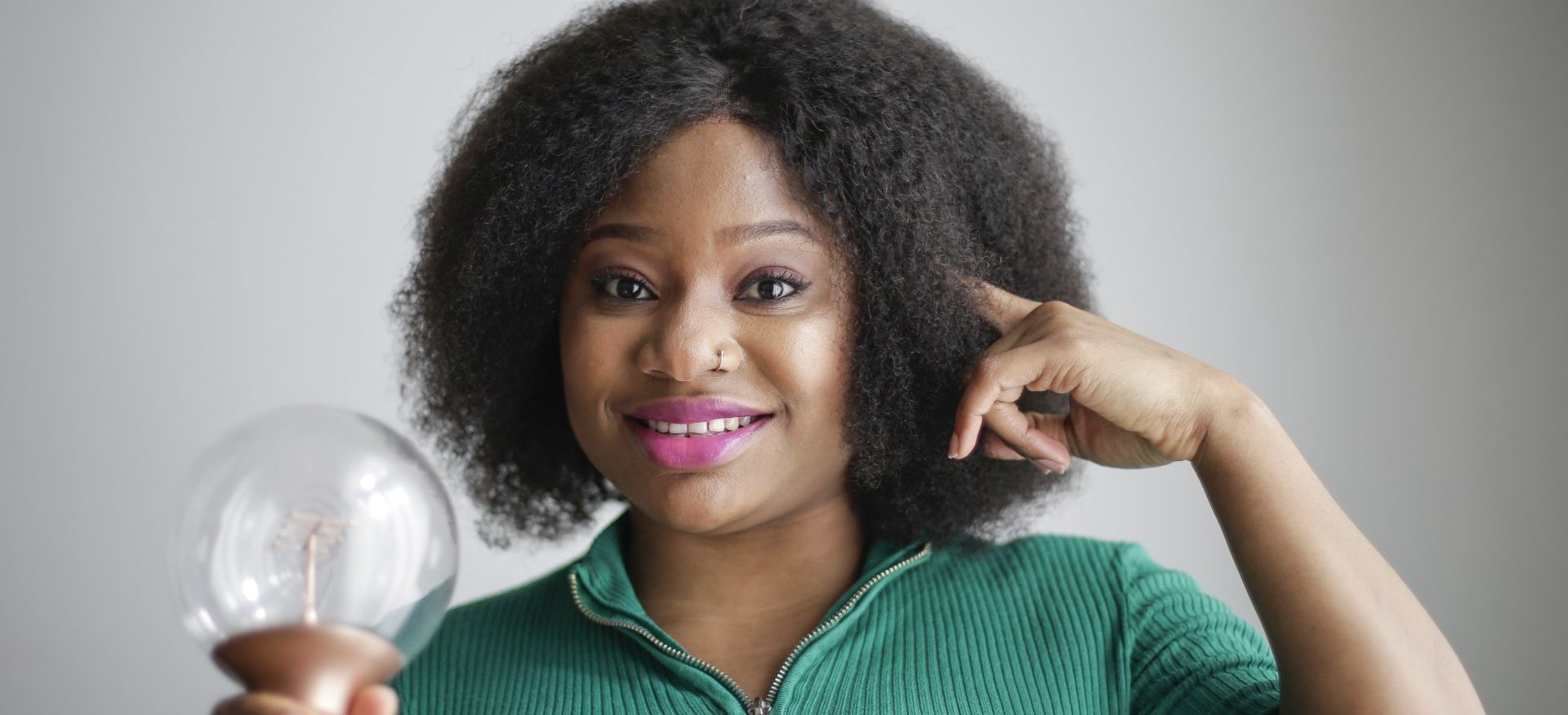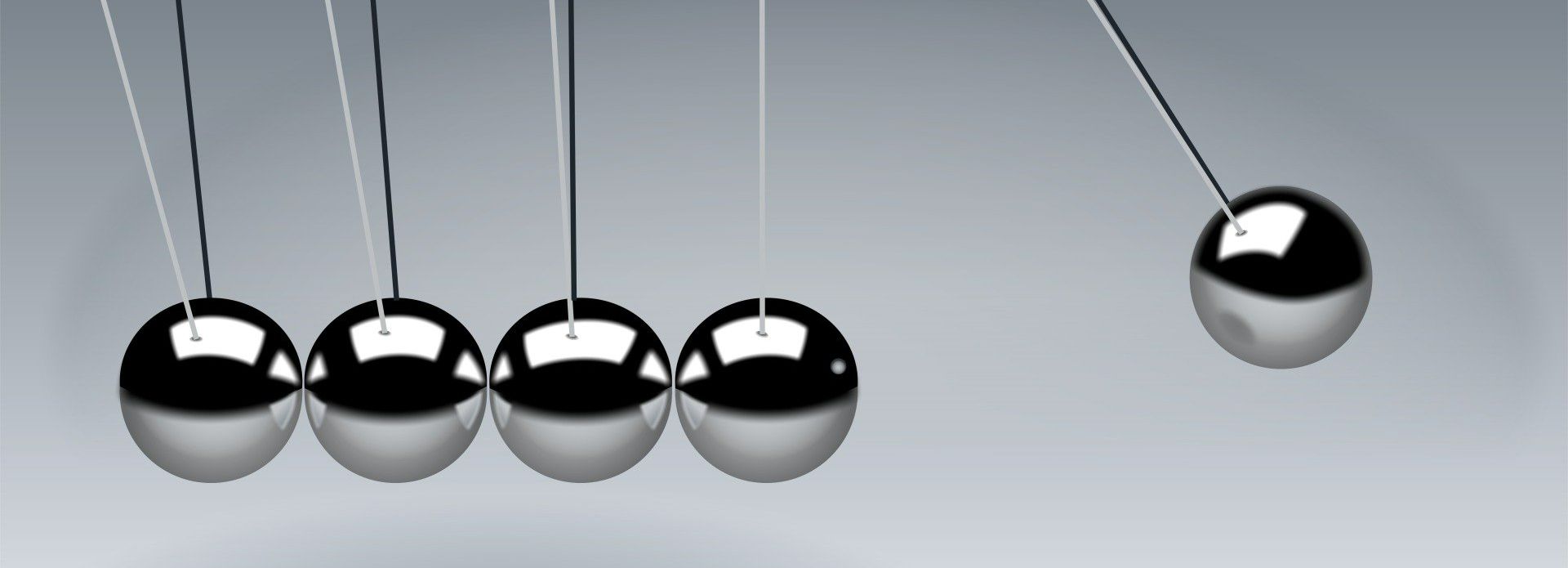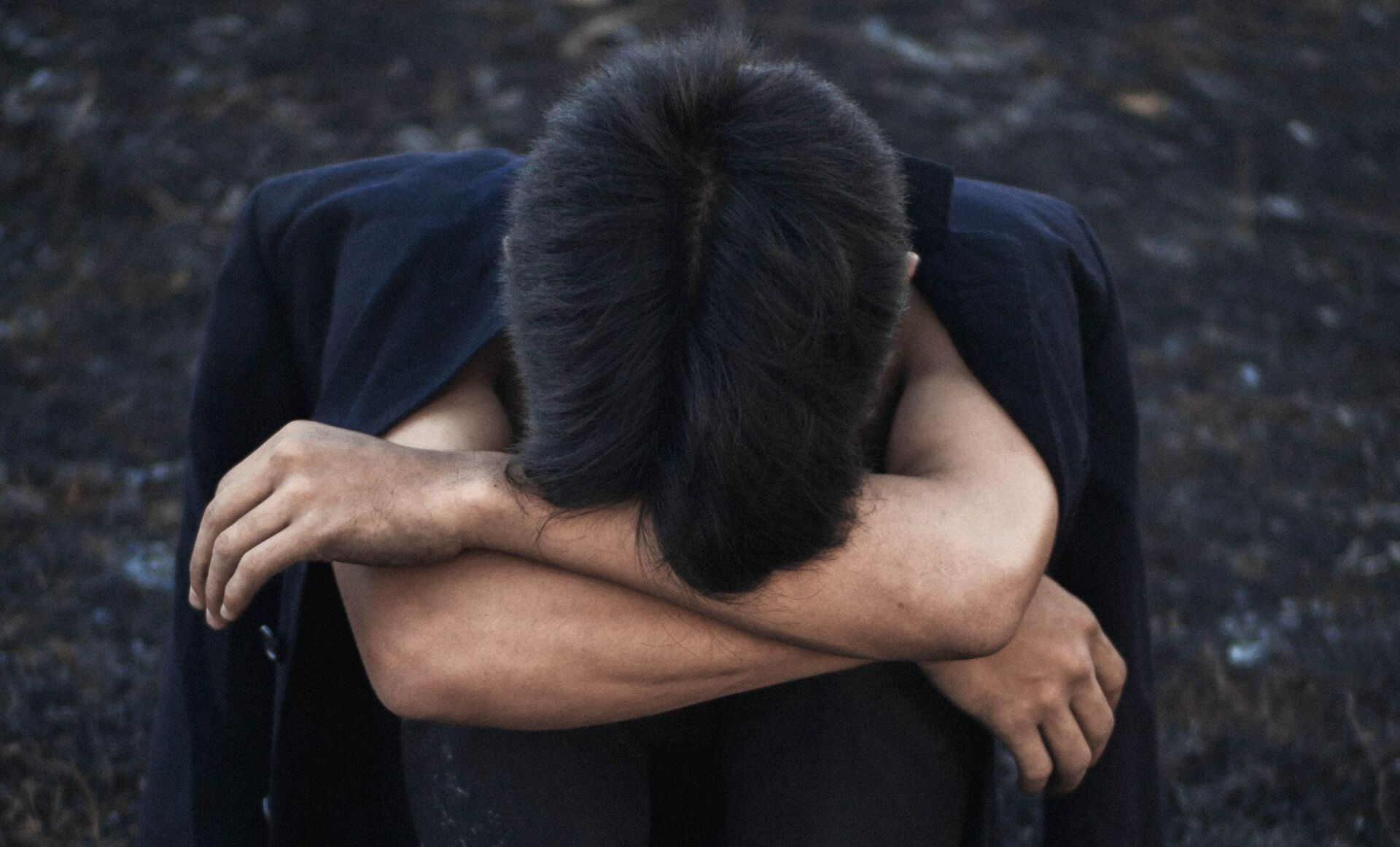Ruthy was één van de 13 eerste leerlingen van Moshe Feldenkrais. Zij was een zeer toegewijd en inspirerend persoon. En ze heeft veel betekent voor de Feldenkrais community wereldwijd. Helaas heb ik haar nooit in levende lijve mogen ontmoeten. Zij heeft een prachtig boek geschreven, Mindful Spontanity en ook onder andere Bones for Life ontwikkeld. Deze schitterende verdieping in de Feldenkrais methode richt zich vooral op het versterken van onze botten en het tegengaan van osteoporose.
Hieronder een mooi interview met Ruthy over haar leven en de Feldenkrais methode.
At the end of April 1992, Ruthy went to Rome for the launching of her book MINDFUL SPONTANEITY in Italian. Before leaving England she kindly agreed to talk about her experience as a Feldenkrais teacher. Our first question was:
What led you to Moshe Feldenkrais?
Oh, that was a fantastic stroke of luck! I often ask myself -What made me feel that this work is such a valuable thing to stick to? I didn't come to the Feldenkrais Method with any problems. I just loved movement. I was teaching primary school children in a Kibbutz which had a lot of culture. You could study anything there. I did Noah Eshkol movements and found them very inspiring. I didn't really know why I enjoyed them so much, but every time I carne to that dass I felt some new development... That’s also where I heard Moshe Feldenkrais's name for the first time, and when I came back to Tel Aviv I began attending his lessons...
During the first few years I never talked to him directly. Not too many people did, It was a big group following a lesson on tape with Moshe present and I just loved it ... I couldn't explain to anybody what I was doing, what I found in it, and why I went on that long bus trip to attend the class every week. But when I came home I found I was more patient with the people around me. I guess I felt meditation in that movement work.
At that period Moshe was doing things very symmetrically .. .left side, right side ... in time I developed a way of exploring one side in a meditative mode, totally immersed in the movement, and when we did the other side I tried to keep my memory alert, so I could remember what we had done and write it down when I got home. But even then I had no clue, no idea that this kind of work might be a profession for me. I simply did it for myself.
Moshe encouraged me a lot. Occasionally he would stop the tape and demonstrate his idea on somebody. You could never know whether he chose that person because they were totally confused and didn't understand the movement or because they did It well ... It sometimes happened that he would ask me to do the movement and he made some positive comment. He'd say for instance "Ruthy has absolute hearing in her legs I" or something like that... WANTED TO SHARE MY ENTHUSIASM
Eventually some of my neighbours asked me to share with them what I had learned. I suggested that they go to Feldenkrals himself but they were not willing to invest their time in the long journey.... So we moved the furniture out of the way, they got on the floor, ... and that’s how I began teaching without really knowing what I was doing. I just copied the processes I went through in the lessons with Moshe. I had no idea why this comes after that or what brings the result at the end ... I simply wanted to share my enthusiasm. I always got onto the floor myself before giving a lesson and usually found some way of making a movement more pleasant, more harmonious and coordinated, so it involved less effort, and it was a very good period of discovery ..
Then one day, I came home and I read an artide about the university of Tel Aviv opening something big about sports with many different activities. I got an idea about teaching there and wrote them a letter, got an interview and then the job ... But now I needed to go and ask Moshe whether it was o.k. with him ... which was the hardest thing!
He was well known in Israel because he was Ben Gurion's private teacher. I had no credentials, no certificate, no papers.
So I went to tell him about it. I was very excited!
I had been working with him for a long time by then. Yes, I had had eight years of non-achievement growth -there was time to think about it, and the body could absorb it and during all those years I never thought that something more might develop out of that for me ... I simply loved to see the good it did to my students. My family often used to say "You have such a good profession, why are you pursuing this hobby?
HE JUST SAID "HA" AND I DIDN'T KNOW WHETHER THAT WAS GOOD OR BAD
I went to see Moshe at the end of the day. The last group had just finished -every class was 45 minutes and he had three groups per day, three times a week. So it was about 8 in the evening and the hall was empty, everybody had gone, he was there alone and I had never in my life seen him by himself before. He was lugging his tape recorder to the door as I was coming from there ... We met in the middle of the room. He put down the equipment, I had to collect all the courage in the world and managed to stutter "Moshe, I got this opportunity to teach your method at the sport department of Tel Aviv University ...
He just said "Ha .. .!” -and I didn't know whether that was good or bad -but immediately he continued “Mia left me ...” He was a little upset at the time that she had gone to Japan with her husband (Editorial note: Mia Segal was Moshe Feldenkrais's first personal assistant more then ten years) He said "Mia left me, and I am planning to take a group of people and teach them my individual work. I think you are suitable for that.” So I went home and all my life was settled ...
This is how I began training with Moshe. We were thirteen people. Some I had met before during the lessons, others I had never seen in my life. What determined the number was how many stools could be arranged around Moshe's work table. More people wanted to come, but Moshe told them there was no space.
The first thing Moshe told us was “It is very difficult for me to give you all my secrets ... You will learn the work and you will go into the world and make a lot of money ... and you will abandon me ... and I will be old and sick .. ." That’s what he said. In a way that’s what actually happened. At. his funeral everybody was somewhere else. Only Bruria and me were there.
He was sick for a long time -for about two years ... I think he had a process with death. He didn't cling to life, not at all. He was curious about death. I believe he knew how to go towards death and come back, playing with it. His dying reminded me of a martial arts exercise which involves holding a bird. Every time the bird is ready to take off and increases the pressure of its feet on your hand, you lower the hand a little and it can't ever fly off. I think this is what he did with life. He kept withdrawing a little bit and then coming back ...
I WAS SHOCKED, I HAD NO IDEA THAT HE WOULD TOUCH PEOPLE WITH HIS HANDS
So the first thing he told us was a prophesy, and then ... he talked about money. What he said was interesting, because the training was very, very expensive: “If people cannot provide for themselves what they need in their life, and if I just come to help..." I really remember his uprightness ...
Then he began working with a person to show us his individual work ... At first I was shocked, I had no idea that he would touch people with his hands. My years' experience was of him talking, and I always thought “That’s very elegant ... You don't imitate, you are really going just from the mind, from the spirit, from awareness .. ." And here he was touching! I was shocked and desperately upset...
The first movement he showed us was how to ‘pull’ a head. Imagine!... For him that was so easy! He did not appreciate at the time that it would take other people a long time to get sufficiently coordinated for that. At some time or other during every lesson Moshe would integrate the head, bringing it all together through the skeleton, sometimes pushing and sometimes pulling. He had beautiful pulls, all kinds, with the person lying on the stomach, on the back, on the side ...
The next morning he asked me “What did you write?” because on the first day I had been so shocked about the whole thing that I had immediately taken out my notebook and begun to write down what he was saying. I started to reconstruct the pale echo of his words, and he said “There is no use in writing!”
To my regret I didn't listen to his advice and continued to take notes. I think I inhibited my development a lot.
Now it is wonderful to have my notes, they are a treasure! But at the time taking notes reinforced my fear I might not get it ...
Anyway, he told me “Now show me how you pull a head." I was sitting there all tense, trying to pull the head with force.
We studied one hour every day -six days a week -10 months a year -for three years. One hour for him was two lessons. He had to cancel two individual sessions in his notebook.
When we asked him “Shall we concentrate the learning and do it in three days, so we don't have to drive here six days a week?” he got very angry and said: “This is not a university, you don't learn for examinations. You have to be able to absorb it”. Well, the next time he gave a training, in San Francisco -that was in 1975 -they did 10 weeks in a row, 5 hours a day!...
EVERYTHING WAS OPEN-ENDED FOR HIM, HE WAS ALWAYS INVESTIGATING
So we studied, and I think much of it was beyond my grasp at the beginning. But I knew that it’s the most interesting thing in the world, the most worthwhile. It was such an inspiration!... It wasn't intellectual. The humanity of all he said really touched me ... Then my personal life took me away from Israel and I wasn't there for the second year. Moshe told me “Oh, I’ll open a group every year". When I heard he wasn't going to do that, I called him and asked “If I come back, will you take me?” He said “Come, we'll find a way ...” So I went back to Israel with my children and continued studying with him. At that time I started to teach many classes. I taught policemen, senior citizens, housewives ...
I wanted my daughter to do something, so I adapted the lessons for children. Sometimes, at the completion of a process, I used music and they loved it.
Moshe didn't object to that at all. He was very tolerant, he was a philosopher. It was alien to him to lay down any definite law. He used to say “I don't tell anyone what to do. I want to see what my method can do to different people." He never told us when to start working, when not to start working, what to do. That was out of the question. He was really exploring ... Everything was open-ended for him, he was always investigating, always giving people a chance of seeing what happens here, what happens there, and then finding a way for themselves.
I SOMETIMES PRESENT THE WORK AS PART OF THE YIN REVOLUTION
Awareness versus aggression
I sometimes present the work as part of the Yin-Revolution, awareness versus aggression, nurturing versus politics. But I don't know whether Moshe would like his work to be presented like that. It was always gratifying for him when men appreciated his work and he was very, very proud of the many young men in the trainings. In fact, in his public groups there were always many men.
It was quite an issue for him that his method shouldn't come across as passive, easy, relaxed ... He really wanted it to be presented as an investigation into what is the true human scope, how learning happens in the brain ...
It’s quite a challenge for me to take a group of people and bring them to refine their style and make their own discoveries so they are able to go home with the tools they need and repeat the lesson. When I had a practice -now I'm travelling too much for that, although when I'm at home people do knock on my door -everyone who came for FI's had to come to my groups too. I didn't want them to develop dependency. First they would come to individual sessions, and when they began to understand the sensory language of learning they would also join a group and realise that group work was individual as well.
In Israel groups tend to go for a whole year to the same teacher -once or twice a week except for holidays. It's a very healthy thing, that’s how people learn in art ... This security that the teacher is there, even if you don't come, reinforces the learning. In America it’s a weekend, every time a different workshop. I don't know what can grow from that. I wonder if I would have developed the same dedication had I studied Feldenkrais in workshops here and there ...
I love the depth of the method. It deals with human learning, with organic learning. That’s quite distinct from correcting or aiming at a preconceived goal. It involves a process of awakening the capacity of the nervous system to adjust and to come up with new ideas.
I realise that some people coming to my classes are not interested in that right away. They are interested in restoring their deteriorating bodies and at the beginning I want to meet them where they are, and give them what they need. I can see many small processes that really work which I can give them directly. Then after that they come to investigate and get more interested in how the method works.
MINDFUL SPONTANEITY : A KIND OF PARADOX
The motivation for writing my book was to share some simple processes that can put people on the way of organic learning and straightaway give them the feeling that they can move differently ...
What interests me is that people feel the work involves themselves, that it is about the quality of their life. So I use many processes that are very practical and very effective. One example is the Magic Roller which is so simple ... but actually when you look at it, it involves many things: our response to gravity which is an elementary theme for the nervous system; rhythmic undulation which is the primal way of moving -even pre-legs and arms .
When we relinquish our weight to gravity, not only the alignment but our whole attitude changes, and there is much more receptivity; alignment too ... It’s very, very powerful and very easy to do. The movement of rhythmic undulation integrates the whole body. Everything, from the toes to the head, moves in the same organic way. People are taken back to an earlier stage of evolution, to more primitive states, which always gives comfort and insight. It also means taking them to another way of learning: the way we learn in nature, as young children do, without words, trying different options. This is Feldenkrais's genius!
The original title of my book 'Grammar of Spontaneity', which was not accepted by the publisher, was meant to indicate that there is a process which is very calculated, very structured. But wisely used it gives you the kind of learning you've had as a baby: A wealth of spontaneous movement. You go to the grammar and you get spontaneity ... this is a kind of paradox! Since the publisher didn't like the grammar, I chose 'Mindful Spontaneity'. (The publisher suggested “Free your Back” for a second edition because the original title scared many booksellers and potential buyers.)
We know, of course, that the back is interdependent with everything else... For instance I show people in my classes what they feel in their backs when they stand on locked knees. I let them put their hands in the back and really sense it. I let them experience that if the ankles are not flexible the knees won't bend either and the lower back becomes stuck in its immobility ... Today there's a need for people to realise that.
I myself had an injury in my back at the time I was studying with Moshe. I was very flexible and I hurt my back jumping into a swimming pool as I arched my back too much. I flexed too much where I was flexible. With the understanding of the Feldenkrais thinking I came to realise that the work is not about flexibility, it’s about uniformity or distribution of flexibility. Unless you also open up the movement and mobility of the rib-cage, you'll get more flexible where you are flexible and more and more rigid where you are rigid. That's a major problem people have ...
I collected many processes and invented some myself, addressing the issue of how to open up the movement where it does not occur and how to integrate it in harmony with all the rest. My processes are a tribute to Feldenkrais because he taught me how to think. As long as these movement processes take the involvement of the whole body into consideration -in a variety of options -, it’s education and not correction. Then I feel I am in accordance with Feldenkrais's thinking ...
THE BEAUTY OF THE FELDENKRAIS METHOD: THE RESULT COMES FROM INSIDE In my teaching I don't deal with emotions directly, but I use emotions to enhance perception of self-organisation. When people get up from a process I sometimes find it invaluable to let them notice their attitude to different things, so that they can see themselves changed, and indude the person they are at that moment in their repertoire. The beauty of the Feldenkrais Method is that the result comes from inside. It's always a surprise! You cannot determine it, you cannot calculate it, you cannot manipulate it. Your nervous system, your subconscious, is deciding, and the result is so clear that we can use it as a criterium or a milestone ...
I let people walk and suggest to them "Now imagine a person in your life walking next to you. What happens to your walk? At that time they can feel it if they begin to shrink, hold their breath, or do something ... Then I let them think of another person and get them to sense what that presence does to their walk. This is how they can feel their response to different people. Then I might say "And now take a person who you think is supportive -who really allows you to be who you are at that moment...”
It’s very revealing to work on such variations, exploring emotions through the aspect of the style of moving -in a situation where people can gain clarity but not be exposed, not be vulnerable ...
After the lesson people can use the more ideal place they are in to see their options in how they deal with their lives. I tell people for instance “Imagine that with the body-language you are now immersed in you are going into a situation where you need to resolve something ... What is the script, what happens?” Sometimes, if they want to, they share amazing things. FELDENKRAIS PREPARES YOU FOR YOUR INDIVIDUAL QUEST
The interesting thing about spirituality is that it can only be individual -and this is in distinction from religion or any established doctrine which you buy from somebody else. You can get to spirituality only by your individual choice, your individual quest and research. And Feldenkrais actually prepares you for that, because it cultivates your individuality. When you do a process your individual faculties of judgement are involved. It is not the intellect, which can be manipulated, that determines the new way of movement coordination, but rather your authentic subconscious. In this process you really gain your independence!
I think we all have a very good chance of getting to spirituality because we learn to listen inside to our unique self, letting our organism speak and make direct contact with the intention of creation.
(From FELDENKRAIS JOURNAL U.K. No 4 / Autumn 1992)
https://www.feldenkraisnow.org/ruthyalon.html
